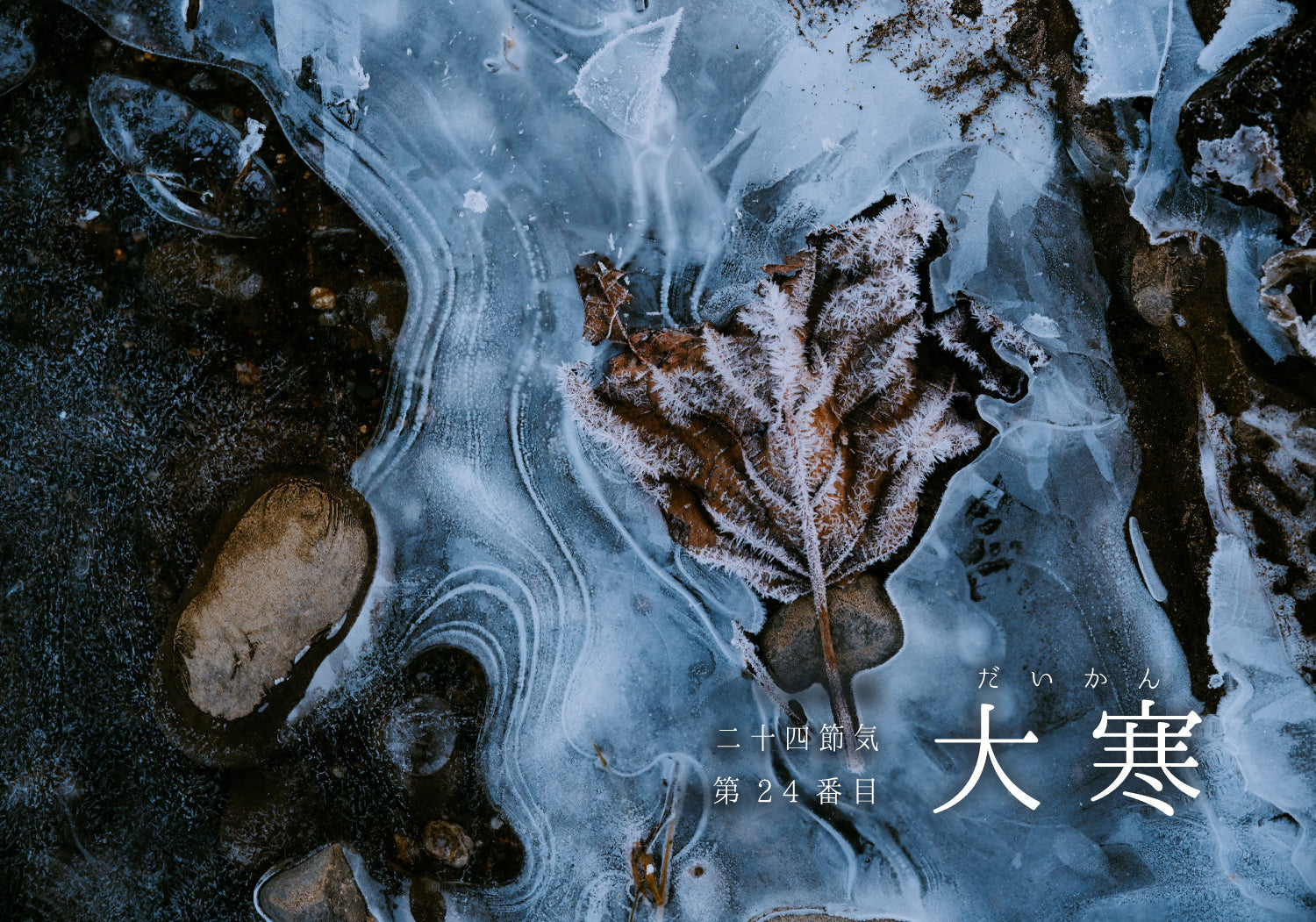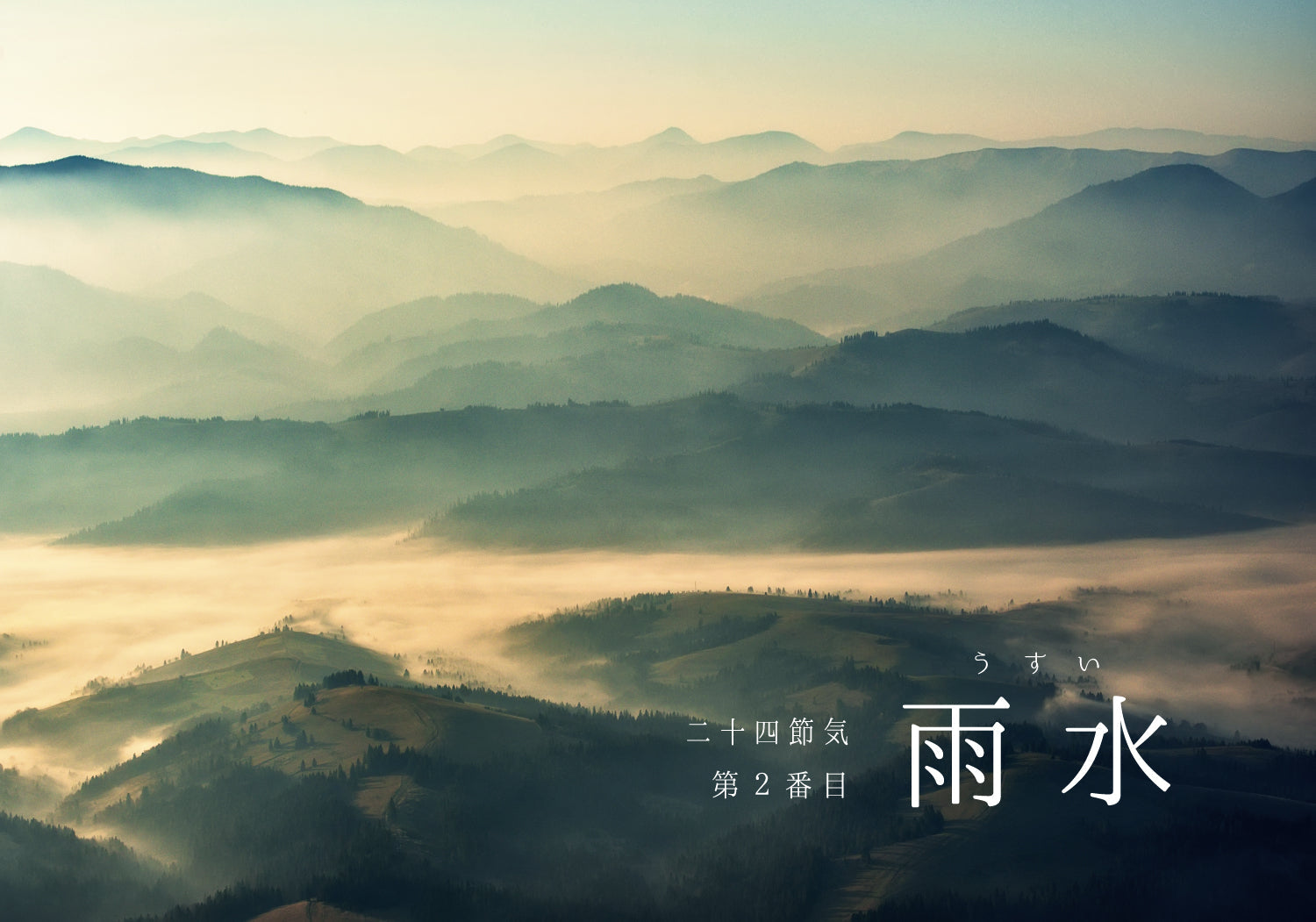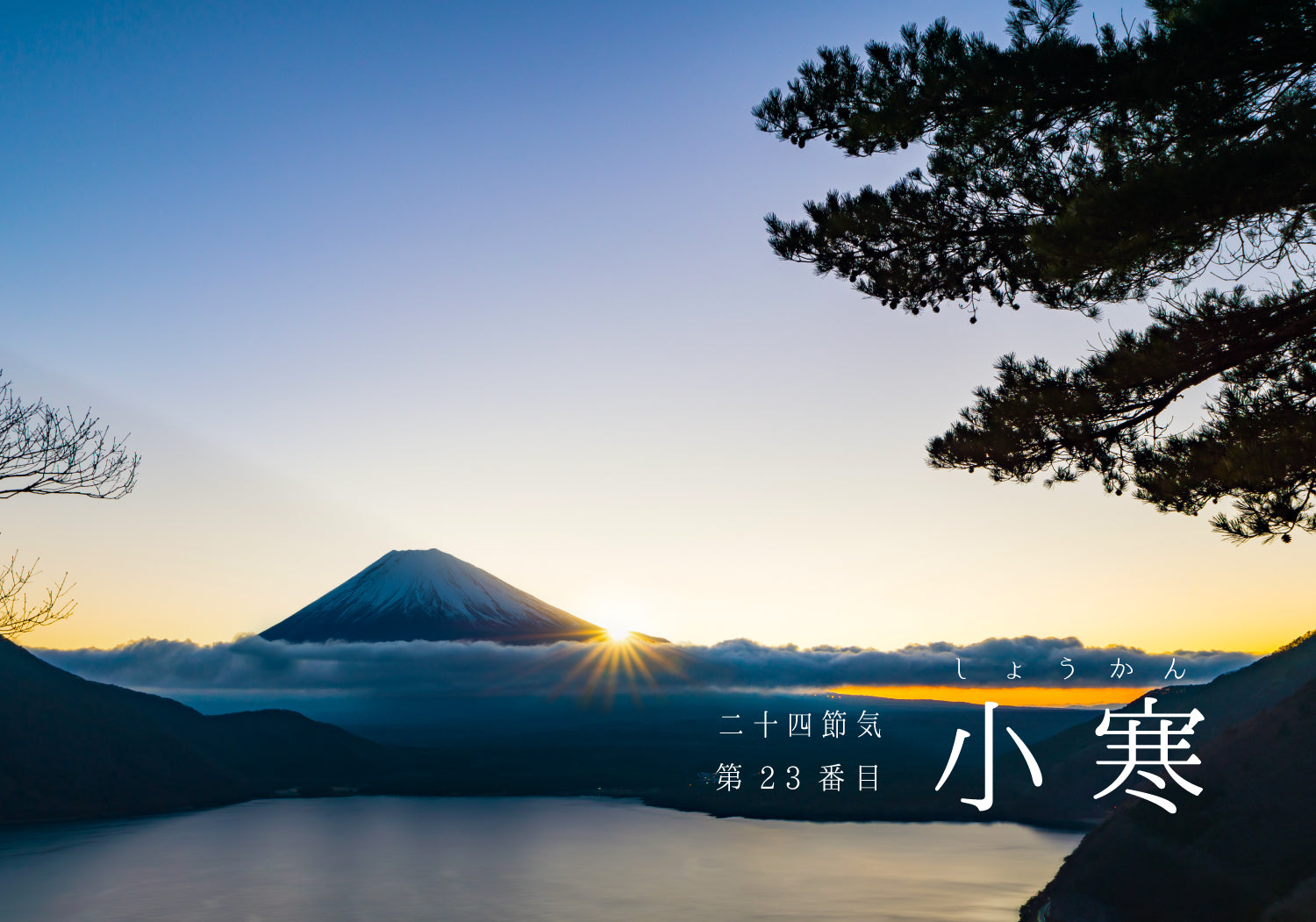13th solar term [Risshu]
The beginning of autumn.
It has been exactly six months since the beginning of spring, and we are still in the height of summer, but after the Obon festival, we will begin to feel the signs of autumn.
At that time, seasonal greetings also change from "summer greetings" to "late summer greetings."
Risshu, which marks the beginning of autumn, is considered one of the most important of the 24 solar terms.
The beginning of each season, namely the beginning of spring, the beginning of summer, the beginning of autumn, and the beginning of winter , are collectively called the "four beginnings," while the turning points of the seasons , namely the vernal equinox, the autumnal equinox, and the summer solstice and winter solstice, are collectively called the "two solstices and two equinoxes."

●The length of day and night is almost equal on the vernal and autumnal equinoxes.
●The longest daylight hours of the year <Summer solstice>
●The winter solstice, which also has the longest night, is called the "solstice and equinox."
*
A major event that takes place around the beginning of autumn is Obon.
Many festivals held from early August include fireworks, Bon Odori dances, and floating lanterns, and are held as a form of memorial service or as a way of welcoming or sending off the dead.

As mentioned in the previous section on Daisho, the spirits are welcomed and sent off with fireworks and Bon Odori, which has a strong religious significance.
This festival has been a beloved seasonal tradition in many regions for many years , but with the rise in awareness of environmental issues since the Heisei era began, local governments have been working to create festivals that are considerate of the local environment.
Instead of lantern floating, the festival has planned "Candle Night" and "Digital Fireworks," and continues to captivate people as it changes its format with the times.
In recent years, as lifestyles have changed, there have been a variety of suggestions and innovations for how to spend Obon at home.
Instead of using sawdust for the welcoming and sending off bonfires, candles and bon lanterns are used to resemble them. There are also many sets of Obon essentials available for sale.
In the past, each household would prepare a lantern bearing their family crest and surname, but just like Buddhist altars, there are now many stylish, compact lanterns that blend easily into the interior design.

As the ways of welcoming and sending off Obon change, this year our family is thinking of sending off the spirits with sparklers.
Fireworks are used to commemorate the dead and ward off disease, and fireworks displays are also held as a way to welcome and send off the dead.
Among them, sparklers are said to "represent life" and tell the story of Japan's traditional beauty, "wabi-sabi. "
What is the expression that describes the life of "sparklers"?

There are four stages in how sparklers burn:
Each one is named after a plant.
A story has a beginning, development, twist and conclusion, and so does life.
It starts with a bud and changes into a peony, pine needles, willow and chrysanthemum .
1. [Ki] Peony/ Bud (The beginning of life)

From the stage of a bud that produces a fireball, it gradually becomes a hot vital force.
The embers swell like a peony slowly opening wide.
Then, gradually, the sparks grow bigger and more spectacular.
2. [Development] Matsuba (When powerful and vigorous)

The way the sparks gradually grow larger represents the growth from childhood to adolescence.
It can be seen as a process of uncertainty at first, but then surely growing. It's a true dynamism and leap.
The most exciting scenes are said to represent marriage and childbirth in life.
Like pine needles, the sparks fly with a loud crackling sound, and the sparks shine brightly and powerfully.
3. [Turn] Willow (Stable)

The fireworks, which had been scattering sparks horizontally and vertically, are gradually stabilizing.
The sparks from the sparkler become rounded like willow branches, and the direction of the sparks disperses as if they are flowing along with gravity. If we compare this to a period in life, it is said to represent a period of calm after raising children or working.
It is likened to the slow flow of time and the willows swaying in the wind, letting themselves go.
4. [Conclusion] Scattered chrysanthemums

The sparks gradually get smaller and smaller, scattering into thin sparks, which is likened to a chrysanthemum shedding its thin petals one by one.
It can be said that he spent the rest of his life quietly in his later years.
And then there's the afterglow. At the end of the sparkler, the sparks disappear, leaving only the fireball, and the moment the fireball loses its glow as it changes from red to yellow, the sparkler's life comes to an end.
The sparks flashing like a slideshow of life,
I feel like I can spend a different time with memories.
"Lighting a fire" has had a sacred meaning all over the world since ancient times.
I feel that it always begins with a small flame , or a flicker of light.
*
The time of the beginning of autumn is expressed as follows in the 72 seasonal divisions:
First sign: A cool breeze arrives
When the hot summer winds begin to give way to the cool autumn winds

The hot winds of summer are beginning to give way to the cool winds of autumn. While the sunlight is still dazzling during the day, the cool breezes that blow in the mornings and evenings signal the beginning of the change in seasons.
Next sign: "Cicadas chirp"

This is the time when the cicadas start chirping. When dusk comes, you can hear the cicadas chirping and feel that summer is coming to an end. (By the way, the expression "kanzenmei" (cold cicadas chirping) is unique to Japan, while the Chinese expression for this is "hakurofuru" (white dew falling).)
Last sign: Fukakikirimatou (The rising of fog)
The mornings and evenings are gradually getting cooler, and the cool air makes you feel the change of seasons.

Although the heat of summer still lingers at the beginning of autumn, you can sense the small signs of autumn lurking in the lingering heat, such as cirrus clouds gradually rising in the sky and the chirping of crickets and bell crickets at night.
*
With the hot weather still continuing and the Obon holiday coming up, many people are beginning to feel the effects of summer fatigue. While there are no set foods to eat around the beginning of autumn like there are around the winter solstice, there are plenty of seasonal ingredients, and they are packed with nutrients that will help alleviate summer fatigue, such as vitamins and energy that you want to take in during this time of year.
Many people have a long holiday during Obon, and families often get together.
Festivals and fireworks in the garden. The gentle breeze and the cool sound of wind chimes. You might even be caught in a sudden evening shower.
Enjoy the summer scenery of Japan to the fullest!





